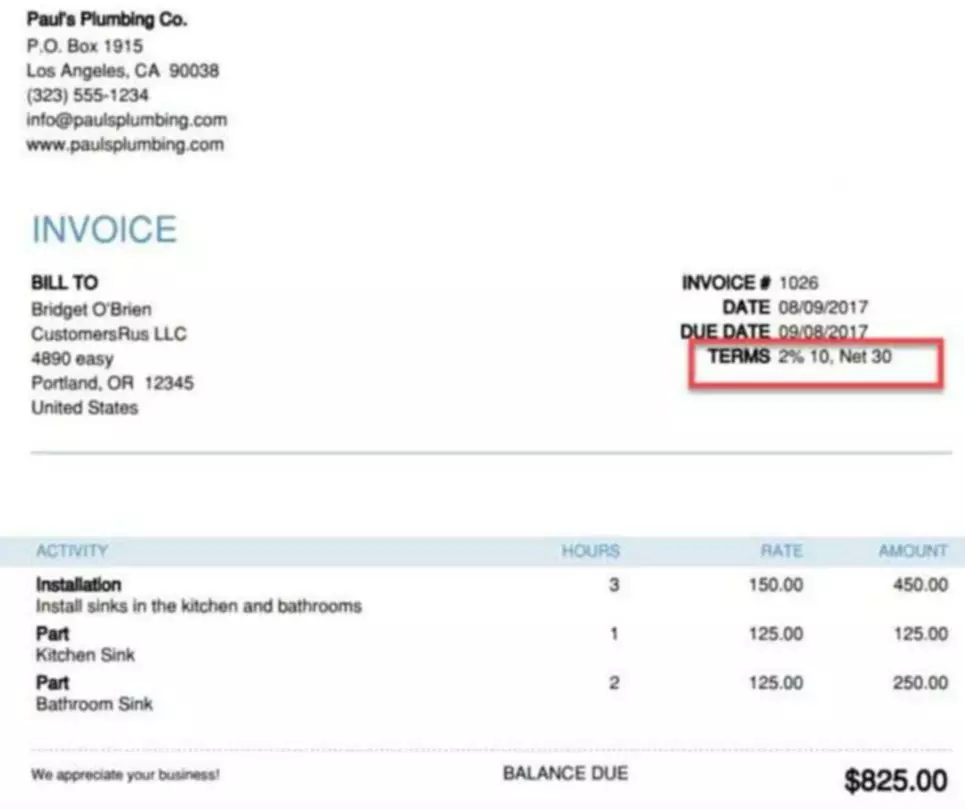24 Jun Mark to Market MTM: What It Means in Accounting, Finance, and Investing
Content

Recurring fair value changes describe items measured at fair value every period . In this case, the company recorded a loss ($1 million) on its actively traded investment securities owing to a market downturn. GAAP https://www.bookstime.com/ requires adjusting these securities to fair value each period even if they are not sold. Cash received ($2.7 million) by the company represents the majority of sales recorded in the income statement this period.
Because constitution is a higher law than laws passed by congress. That is why the Supreme Court determines if a law is legal. But if they changed constitution to seize property then a wealth tax would be legal. But mark to market accounting is already legal in some situstions.
— B (@BLB320321) October 25, 2021
The Enron scandal and its subsequent downfall isthestock market drama of the last several decades. Enron’s fall from grace cost thousands of Americans their jobs and shook up Wall Street. Stock prices plunged from more than $90 to 26 cents before they filed for bankruptcy. There’s no mystery mark to market accounting as to how such a massive corporation disintegrated almost overnight—it’s because it had an outstanding history of deceptive business practices. Additionally, Enron also used special purpose entities to hide a high amount of debt and soured assets from their creditors and investors.
Mark-to-Market Pension Accounting definition
To meet the legitimate needs of both bankers and investors, regulatory officials should adopt new multidimensional approaches to financial reporting. A trader in securities or commodities may elect under section 475 to use the mark-to-market method to account for securities or commodities held in connection with a trading business. Under this method of accounting, any security or commodity held at the end of the tax year is treated as sold (and re-acquired) at its fair market value on the last business day of that year. Mark to market is an accounting method that values assets based on the current market conditions. Profit and Loss (P&L) is the financial statement that summarizes the revenues and expenses during a specific period. Investors and analysts are among the users of accounting information in the P&L statement.

The Sarbanes-Oxley Act also implemented harsher penalties for fraud, such as enhanced prison sentences and fines for committing fraud. Although the law was created to restore investor confidence, the cost of implementing the regulations caused many companies to avoid registering on stock exchanges in the United States. It’s easy to see why mark-to-market accounting can be used for assets with a high degree of liquidity, because the current market price of many of these assets is readily available, even to everyday retail investors. But for assets with a lower degree of liquidity, such as inventory, business equipment, or real estate, obtaining the current value of the asset can be more difficult and require the services of an appraiser.
How Did Enron Use Mark-to-Market Accounting?
Most bank executives resist such write-downs, arguing that the impairment of a given loan or mortgage-backed bond is only temporary. However, as the financial crisis drags on and mortgage default rates continue to rise, bankers will face increasing pressure from their external auditors to recognize losses on financial assets as permanent. When the credit markets seized up in 2008, many heaped blame on “mark to market” accounting rules, which require banks to write down their troubled assets to the prices they’d fetch if sold on the open market—at the time, next to nothing. Recording those assets below their “true” value, critics argued, drove financial institutions toward insolvency. Proponents of marking to market, on the other hand, said it exposed executives’ bad decisions. If not for this fair value accounting practice, investors would be kept in the dark about the banks’ real state of affairs.
- Her writing has appeared in Travel+Leisure, USA Today, and Fodor’s, among others.
- To proponents of the rules, this eliminates the unnecessary “positive feedback loop” that can result in a weakened economy.
- FASB also stressed that companies did not have to use prices from forced or distressed sales to value illiquid assets.
- Potential buyers would pay less for a bond that offers a lower return.
- Suffice it to say, though mark-to-market accounting is an approved and legal method of accounting, it was one of the means that Enron used to hide its losses and appear in good financial health.
The election has to be filed by the return due date —without extensions— for the year before the year you want the election to be effective. The last day to file the election for the year 2004 is April 15, 2004. For guidance on how to file the election, see the following pages. If you’re a trader, you may choose whether or not to make the mark-to-market election. You don’t automatically get mark-to-market treatment when you file as a trader.
Myth 1: Historical Cost Accounting Has No Connection to Current Market Value
Using mark-to-market accounting, this day trader could regard that security as a closed position at the end of the calendar year and subtract the loss from their gross annual income, thereby reducing their taxable income. For a true day trader, this aspect of the election is of no significance. You don’t hold stocks at the end of the day, so you don’t hold stocks at the end of the year. A position trader who makes the mark-to-market election loses the ability to do year-end tax planning by selling losers and holding winners. Given FASB’s two recent pronouncements on Level 3 assets, there is no question that banks will increasingly value illiquid securities by marking them to model.



